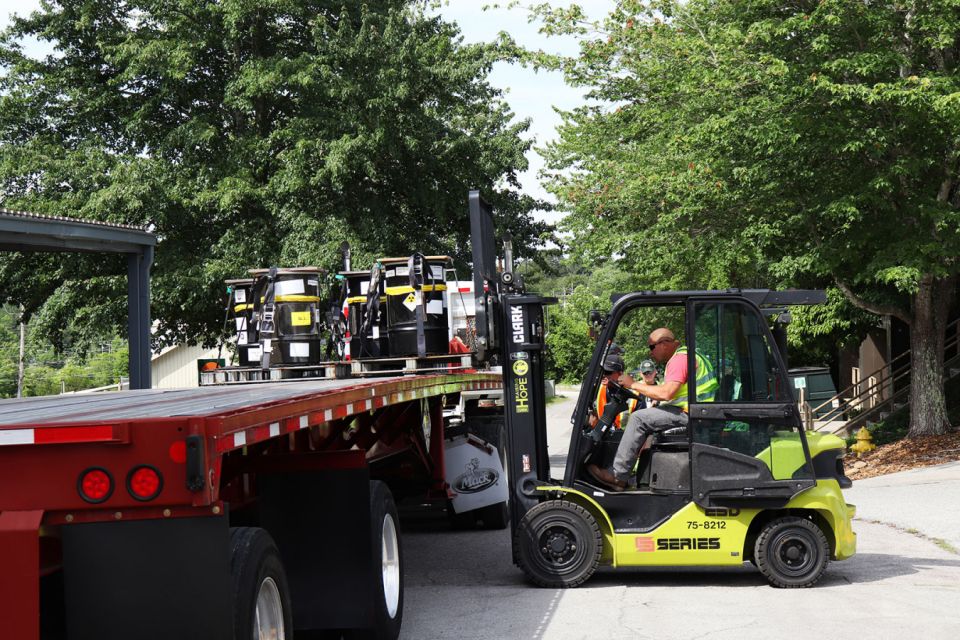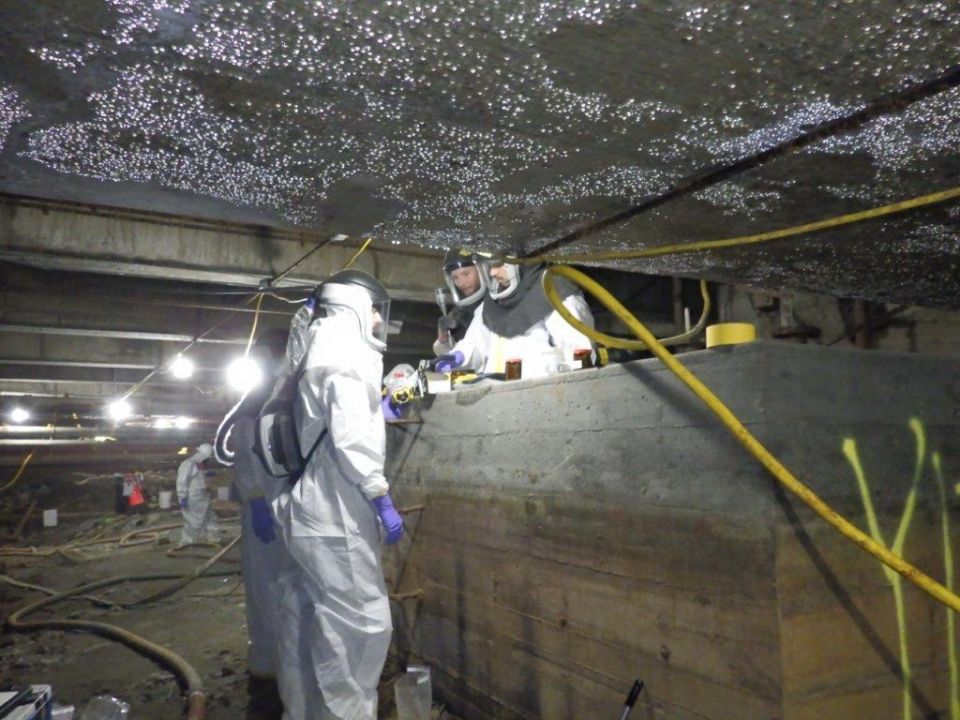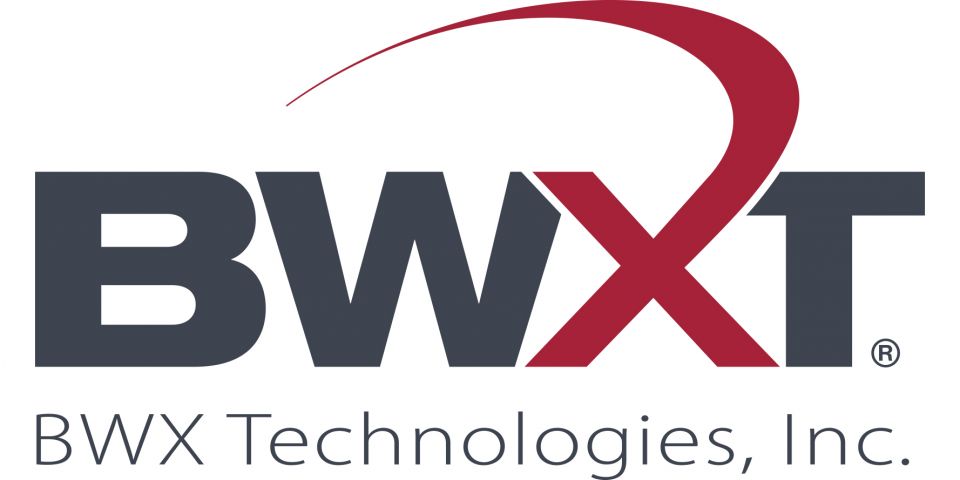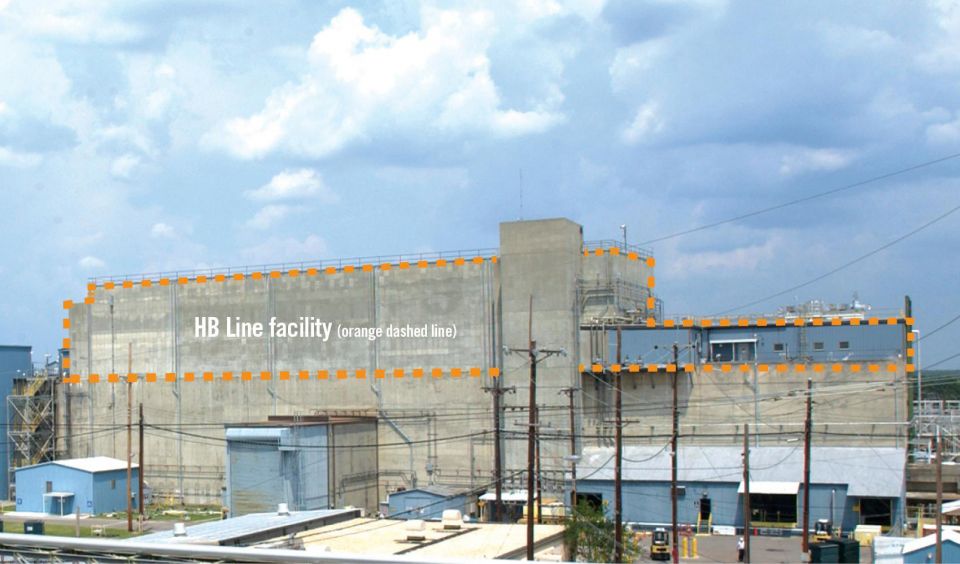UCOR working to fill Oak Ridge’s cleanup worker pipeline

A significant percentage of the workforce at the Department of Energy’s Oak Ridge Reservation in Tennessee is eligible to retire in the next decade, according to the agency. In an effort to address the potential for a staffing shortage, UCOR, the DOE’s Oak Ridge Office of Environmental Management contractor for cleanup activities at the site, is building a consortium with colleges and universities in the region. The collaboration aims to guide more students toward nuclear-applicable careers to build the next generation of workers for Oak Ridge and the nuclear industry at large.







